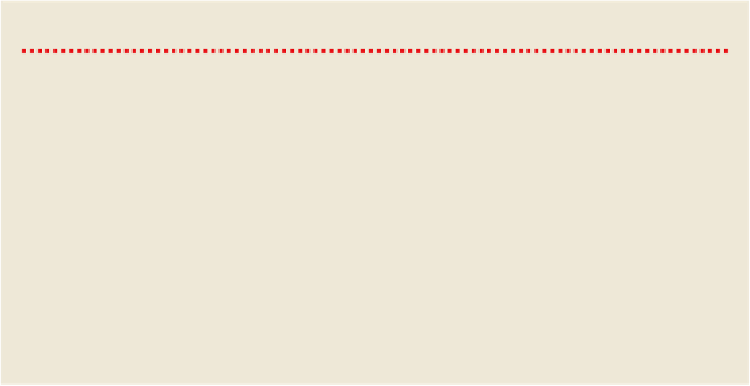Travel Reference
In-Depth Information
that time) was elevated to a duchy (ie with its own duke and special rights) and Vienna
became its capital.
In 1246 Duke Friedrich II died (leaving no heirs) following a battle with the Hungari-
ans over the border between Hungary and his lands in Austria. This allowed the ambi-
tious Bohemian king Ottokar II to move in and assert his control. He bolstered his claim
to the Babenberg lands by marrying Friedrich's widow, but he refused to swear allegiance
to Rudolf von Habsburg, who had been elected ruler of the Holy Roman Empire in 1273.
This caused one of the most celebrated clashes in Austrian history when in 1278 the
House of Habsburg and its Bohemian arch-rival Ottokar II (who now controlled Styria
and Carinthia) went to battle on the Marchfeld, 30km northeast of Vienna. Ottokar, held
up while trying to penetrate Drosendorf's fortress en route to the battle, was killed, al-
lowing the Habsburg family to reign uncontested over Austria and marking the beginning
of the Habsburg's grip over the nebulous Holy Roman Empire until it finally collapsed in
1806.
AUSTRIA & THE HOLY ROMAN EMPIRE
The Holy Roman Empire was Europe's oddest 'state'. Its foundations were laid when the Carolingian king, Pip-
pin, rescued a beleaguered pope and became
Patricius Romanorum
(Protector of Rome), making him Caesar's
successor. The title 'kaiser' is derived from 'Caesar'. Pippin, with Italian spoils on his hands (one being the
present-day Vatican), gave these to the pope. Pippin's son, Charlemagne, continued this tradition as protector
(which meant he had the title kaiser), and in 962, with the crowning of Otto I (912-73) as Holy Roman Emperor,
the empire was officially born.
Kings in the empire were elected in political horse-trading by a handful of prince electors, but for a king to
take the next step and become kaiser (and protector of the pope), he had to be crowned by the pope. Depending
on how feisty the pope happened to be, this brought other troubles. In 1338 enough was enough and the electors
threw the pope overboard, deciding they could elect their own kaiser.
In 972, just before Otto I died, borders of the empire included present-day Austria, Slovenia, Czech Republic,
Germany, Holland, Belgium and much of the Italian peninsula. These borders ebbed and flowed with the times.
When Rudolf I arrived in 1273, all - or what remained of it - belonged to the Habsburgs.
The empire was formally buried in 1806 when Napoleon Bonaparte tore through Europe, and by the time the
Austro-Hungarian Empire (a dual monarchy of Austria and Hungary) took shape in 1867, it was little more than
a dim and distant reminder of medieval times.

